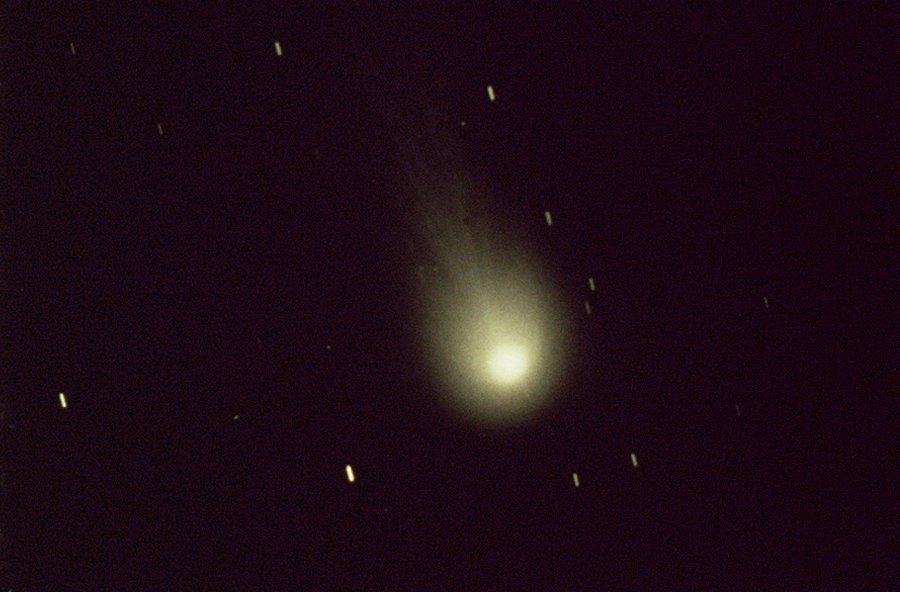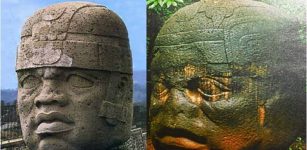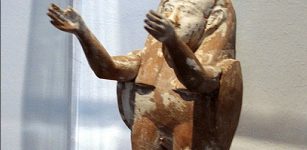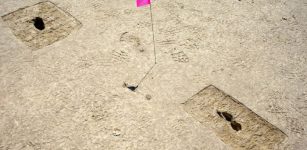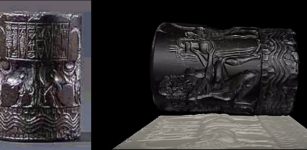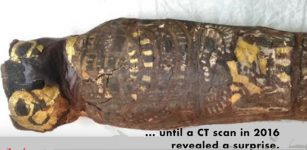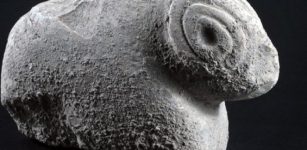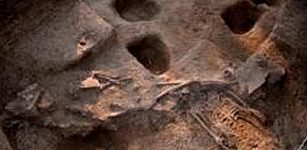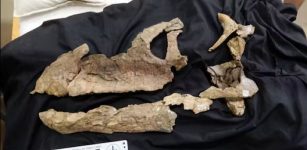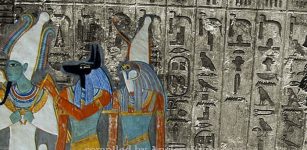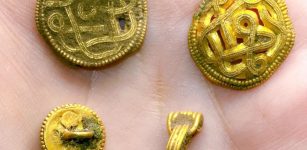On This Day In History: First Recorded Passage Of Halley’s Comet Observed By Chinese Astronomers – On Mar 30, 240 BC
AncientPages.com - On 30 March 240 BC, the first recorded passage of Halley's Comet was observed by Chinese astronomers in the Chinese chronicle 'Records of the Grand Historian' (or 'Shiji'), which describes a comet that appeared in the east and moved north.
It was the first verified record of Halley's Comet, made in China.
Reproduction of original plates of Comet Halley 25 May 1910. Photo via ESA
However, comets ('Huìxing') have been observed and recorded in China since the Shang Dynasty (1600-1046 BC). From the Yin period of the Shang Dynasty to the end of the Qing Dynasty in 1911, comets were observed and recorded more than 360 times. In 635 BC, Chinese astronomers pointed out that the comet's tail always pointed away from the Sun.
From the Spring and Autumn Period to 1910, at the end of the Qing Dynasty, 31 observations of Halley's Comet were recorded, according to the Beijing Ancient Observatory. Other sources put the number at 30.
However, in 613 BC, a reference was made to a comet in Confucius's Spring and Autumn Annals (Chunqiu). It said: "In July, there was a comet that entered the Big Dipper." It may have been a reference to the appearance of Halley's comet that would have been seen in 620 BC.
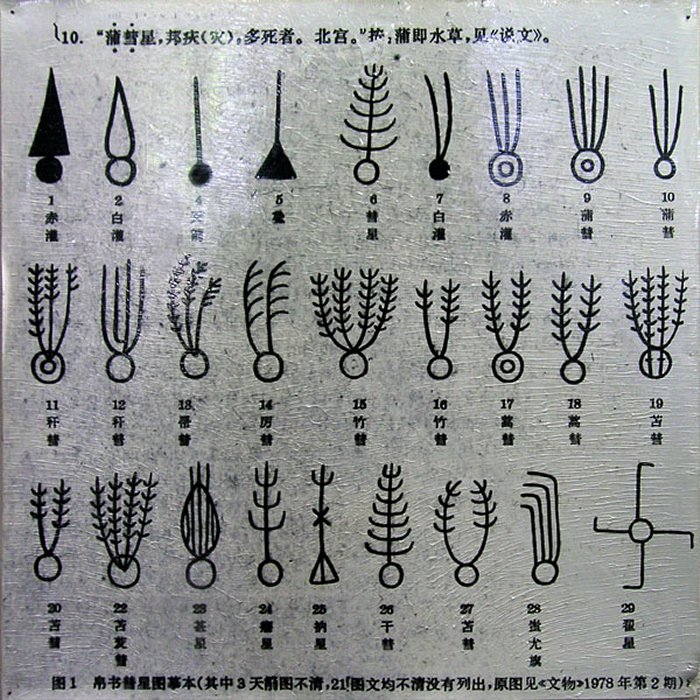 Comets ('Huìxīng') have been observed and recorded in China since the Shang Dynasty (1600-1046 BC). The set of comet illustrations from a silk book ('Bóshū') written during the Western Han period. Photo: via University of Maine
Comets ('Huìxīng') have been observed and recorded in China since the Shang Dynasty (1600-1046 BC). The set of comet illustrations from a silk book ('Bóshū') written during the Western Han period. Photo: via University of Maine
Europeans did not record its appearance until much later. Still, Edmond Halley hypothesized that the comet that astronomers in Europe had recorded over time was actually the same comet returning repeatedly and predicted that it would return and when.
Halley's highly elliptical, 75-year orbit carries it out well beyond the orbit of Neptune and well inside the orbits of Earth and Venus when it swings in around the Sun, traveling in the opposite direction from the revolution of the planets.
It was the first comet that was recognized as being periodic.
In 1705, an Englishman, Edmond Halley, predicted that the comet that appeared over London in 1682 would reappear again in 1759. It was the same comet that occurred in 1607 and 1531.
When the comet reappeared again in 1759, as correctly predicted, it was named (posthumously) after Halley.
AncientPages.com
Expand for references

